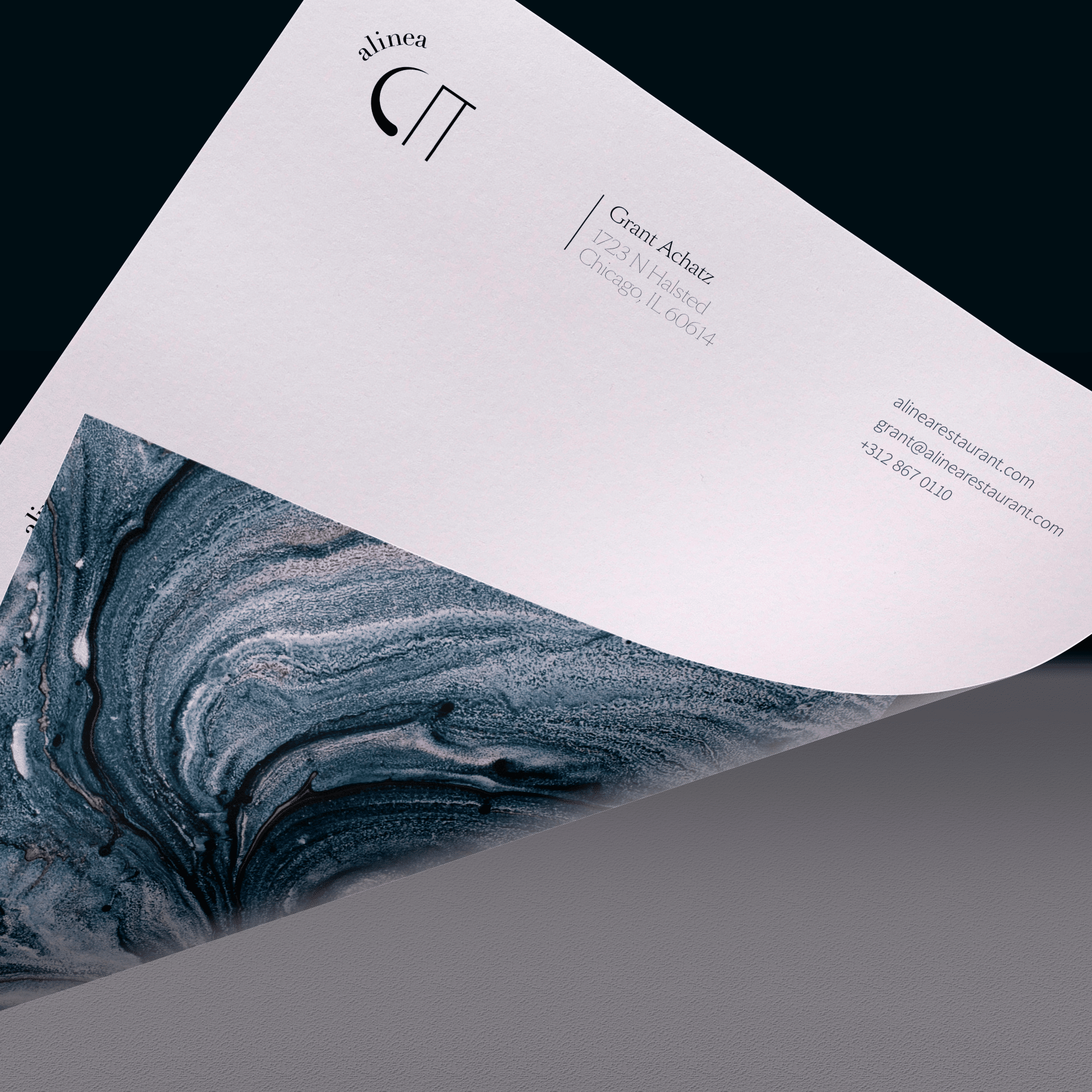How can investing in design affect my sales?
The value perception of design
“Aesthetic is not just important, it is the most important. It singularly has the ability to affect mood, quality of life, and (most relevant to brands) purchasing.”
Chad Farmer
Design has the power to change the way customers see your brand
Most of what consumers see of your brand is just the tip of the iceberg. The design sits on the surface enticing customers closer, while underneath it expresses your deeper brand purposes, promises, values and beliefs.
Because behind every letterform and layout, there’s an invisible force that has the power to fundamentally shift how we think about a product.
Effective design can empower, inspire and transform people’s perception.
How does this happen and why is it important?
The way a customer perceives your brand will ultimately affect their purchasing decision. Because people mostly buy through emotional decisions, not by rationally weighing up the pros and cons.
This is a reaction to the sheer volume of brands we’re bombarded with today. There are just too many companies selling similar products or services to make rational decisions.
So to differentiate and stand out, companies use design (one element of branding) to appeal to a specific target market.
This builds a deeper emotional connection with the company’s intended buyers. And emotional memory recall is much stronger than cognitive memory recall.
This means a well-designed product that evokes an emotional response is more likely to be recalled when the time to buy arrives.
How design aesthetics affects emotions
Design relies on associations, whether social or cultural. And designers use these associations to align a product or service to a specific group of people.
Because when you’re able to evoke a particular association, you can start to control the emotions that people feel.
As an example, think about Britain in the 1800s. What comes to mind?
A hard life, pollution, Oliver Twist, tailoring, women’s dresses, Regency, Queen Victoria, child labour. The list goes on.
These are cultural associations that most of us make in our minds. Many of them trigger an emotional association too. And it’s these emotional associations that can be evoked by using different elements of design, from colour and typeface style (font), to the use of imagery and layout.
For example, if we were designing a brand identity for a modern men’s tailors we might look at when it was established, and use the cultural associations to trigger emotions.
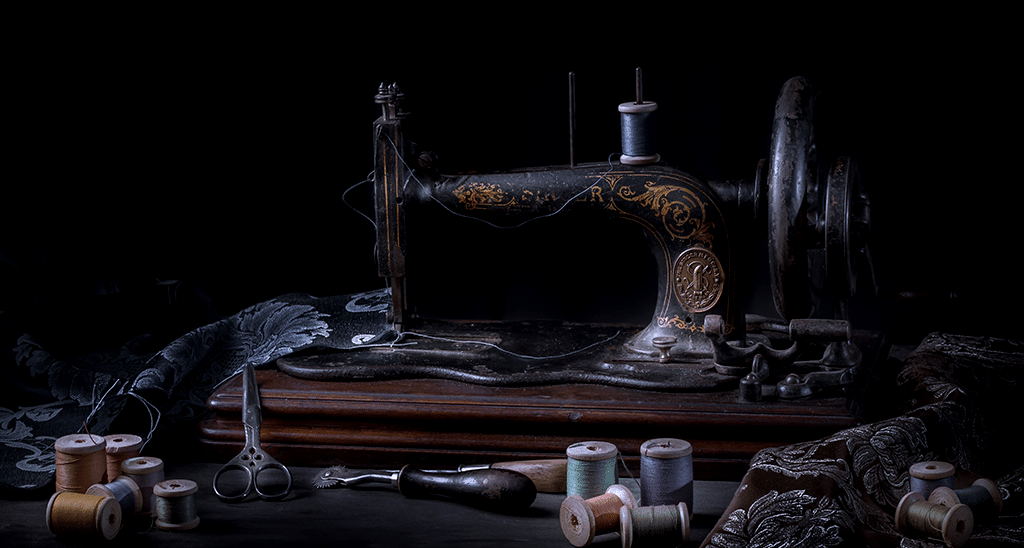
If it was established back in the 1800s we might emphasise feelings of ‘trust’ and ‘pedigree’ by referencing the heritage in the design. This might come from using a mature colour palette as used in the original era, or typefaces that feel evocative of the time.
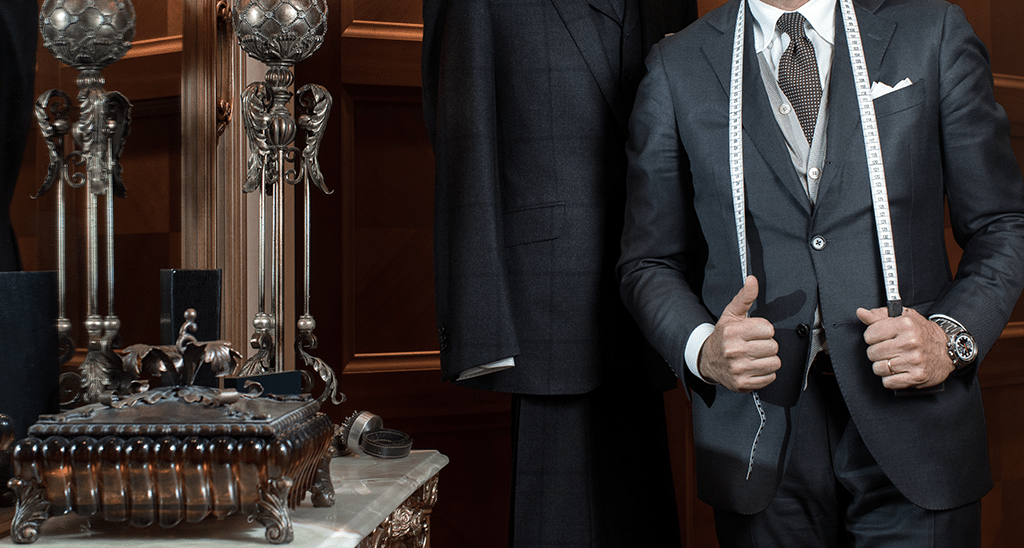
‘Quality’ could be implied by giving a sense of craftsmanship in the design, ‘care’ by referencing the handmade tailoring, and ‘prestige’ by association with the idea of nobility or class.
In all three examples the design needs to focus on the detailing – just as the tailor does.
How what we buy defines us
Now let’s dig deeper into social associations.
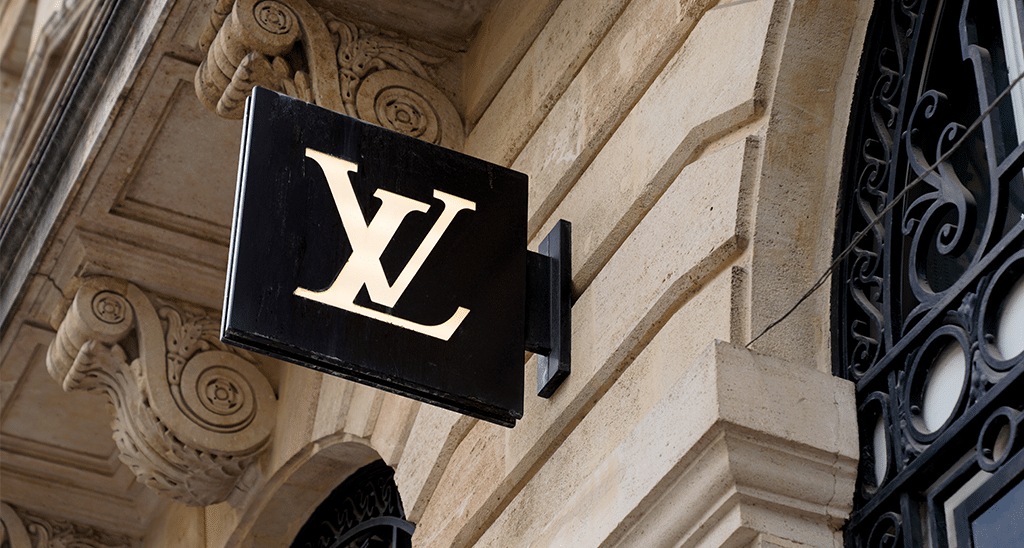
Not all Louis Vuitton customers buy their bags because of craftsmanship, heritage, durability or uniqueness – but rather because it’s associated with wealth, success and affluence. This is perceived value, i.e. the value the customer puts on a brand.
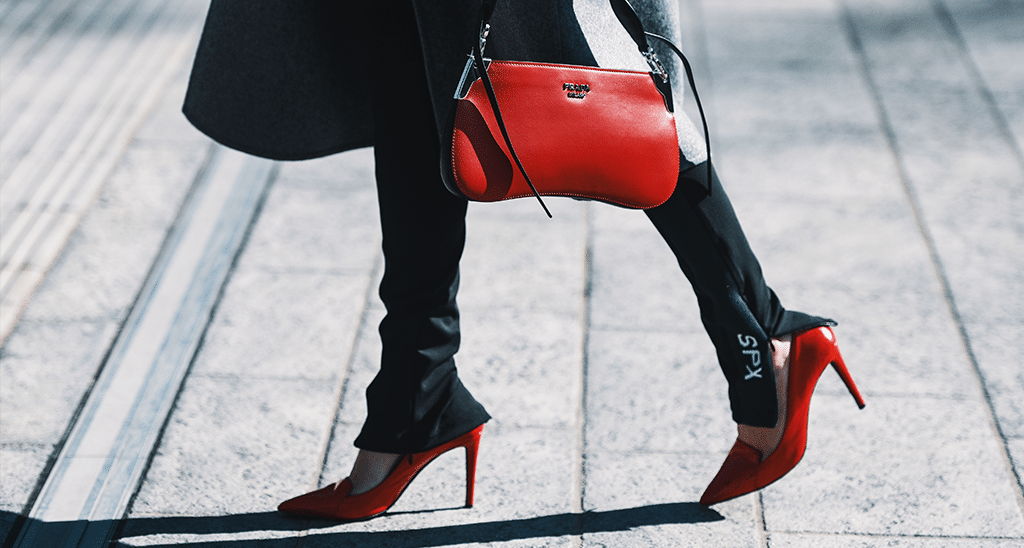
Another example of this is Prada. I’ve come to know many ladies who happen to work in finance and most of whom own a Prada handbag. They’re bought as a status symbol of prestige, personal success and refined taste as well as being appreciated for their manufacturing qualities. Owning one is a way of showcasing affluence.

On the other end of the spectrum brands like ASDA are built around being low cost, and that is their value amongst their competitors. It’s a brand that targets busy but money-savvy mums.
Digging deeper into perceived value of a brand
By definition, value perception is how a prospective customer evaluates your brand on its quality and desirability next to its competitors, i.e how much they’re willing to pay for a brand by assessing whether it can fulfil their needs and expectations.
This is wonderfully summed up by Thomas Hutchings, a Creative Director;
“The basic definition of perception is the way in which something is regarded, understood, or interpreted.
What art and design share is that both are attempting to make people think deeper. Design is a key tool for making someone stop, think and challenge their own preconceived notions of what something is or how it should work.
When you think about just how many brands we interact with each day, there’s so much noise. We filter out way more than we take in.
As a result, some people think the only way to stand out is by shouting louder than the rest – but that just creates more noise.
It’s much more about disruption.
Designers work harder than ever to make their ideas and applications stand out by disrupting our expectations, igniting our intrigue and shifting our perceptions.
In fact, shifting perception is the primary goal of design.”
Enhancing value perception of a brand
Not only can design influence the value of the product in the eyes of the consumer, it can enhance it. Designers can take any product and change its value perception purely through design.
For example, hipsters might find value in an exclusive premium product, whereas for money-savvy mums might perceive value in no-frills efficiency.
There’s a whole host of ways to shift perceived value. And design has the power to communicate these and connect with audiences visually.
As an example, if your range of coffee was redesigned so it ‘looked’ more premium, you could effectively reposition your brand as premium. This would allow you to move into a new luxury market and attract more affluent customers, meaning you could charge more.
That’s the power of design and branding to shift perceptions and enhance value. But it doesn’t always have to be about becoming high end. Capturing a new market has great value too.
Value perception in action
Here’s a value perception test by Chris Do and Mathew Encina, that’s got social media buzzing.
Does design matter?
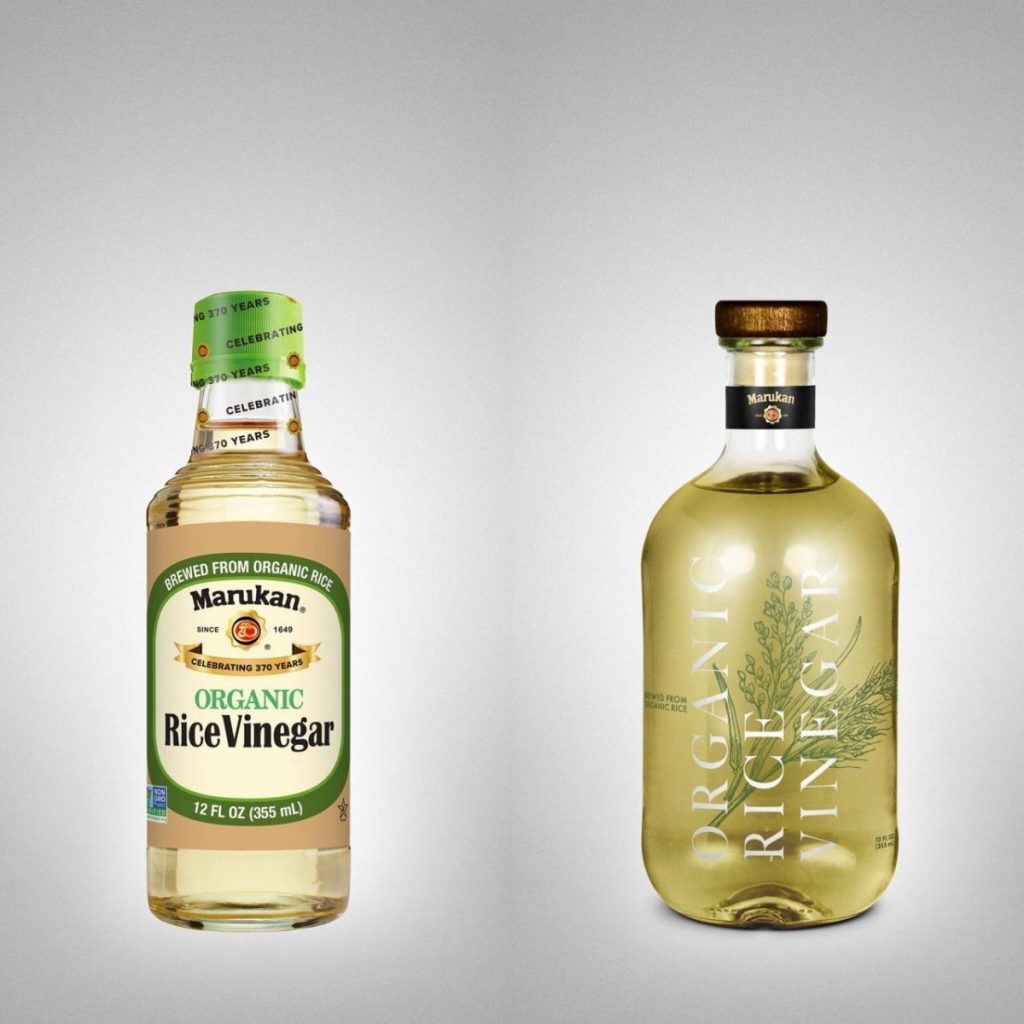
Quick test. Which bottle do you think is more expensive, higher quality and would catch your eye at the store?
The logos are exactly the same but everything else is different. This is the impact that design can have on your product, service, website, communication, positioning, perceived value and bottom line.
By the way, the bottle on the left retails for $3.79. What would you price the bottle on the right for?
It’s an interesting question and an important point. Raising value perception through design is not to be confused with being disingenuous. It’s not about simply repackaging basic rice vinegar as premium and then charging more. The product or service has to match the quality of the design. Because branding is about creating a consistent experience, from expectations through to reality.
Example of enhanced value perception by Muneebah Creative
Here are some examples of brands we have changed the value perception of.
Simplecall
Before – in bad taste, cheap, low quality, unprofessional
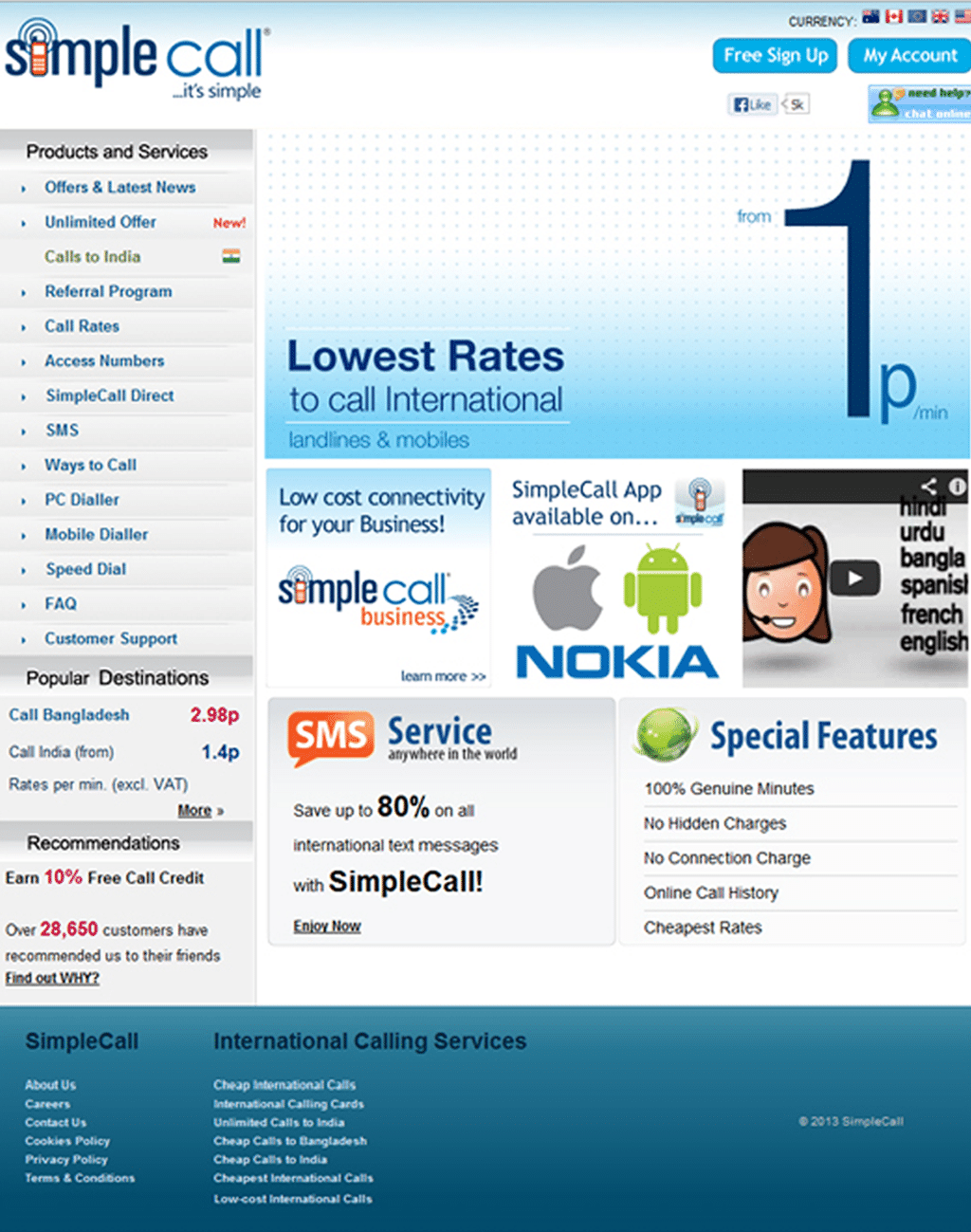
After – friendly, warm, professional, efficient
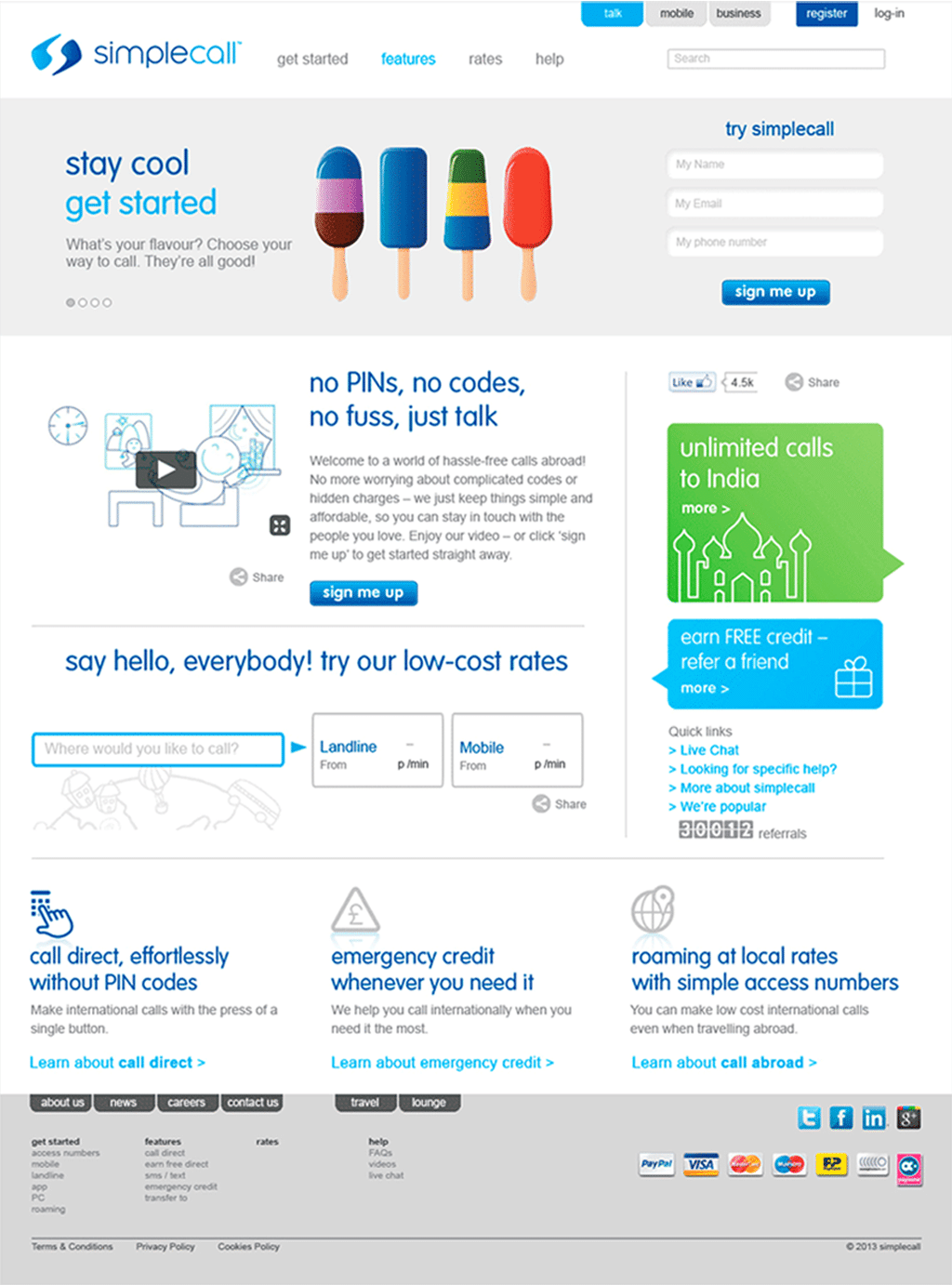
Full case study here.
Alinea
Before – dated, was popular once

After – premium, sophisticated, elegant, refined
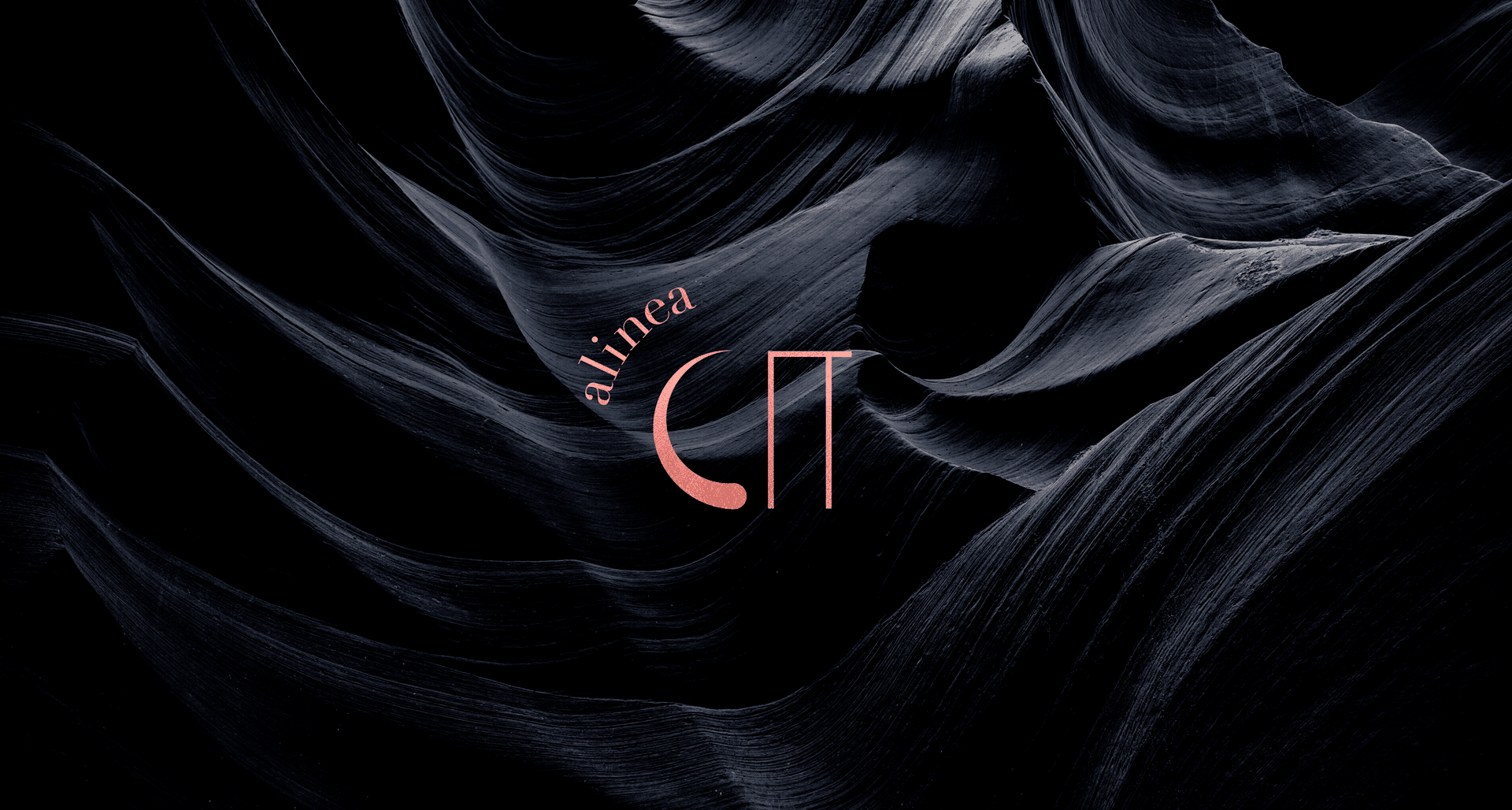
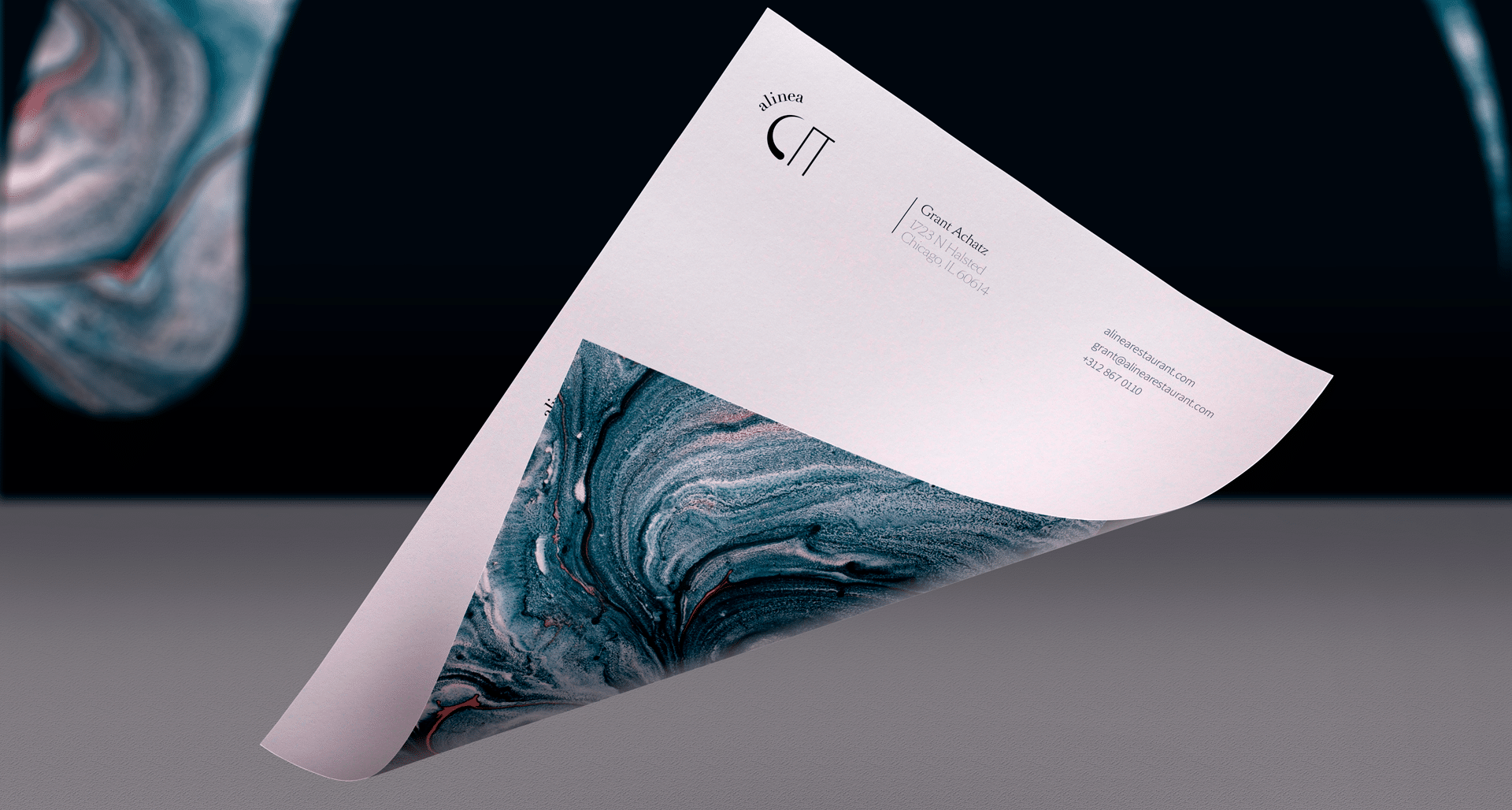
Full case study here.
The Creative Copywriter
Before – dated, busy, confusing
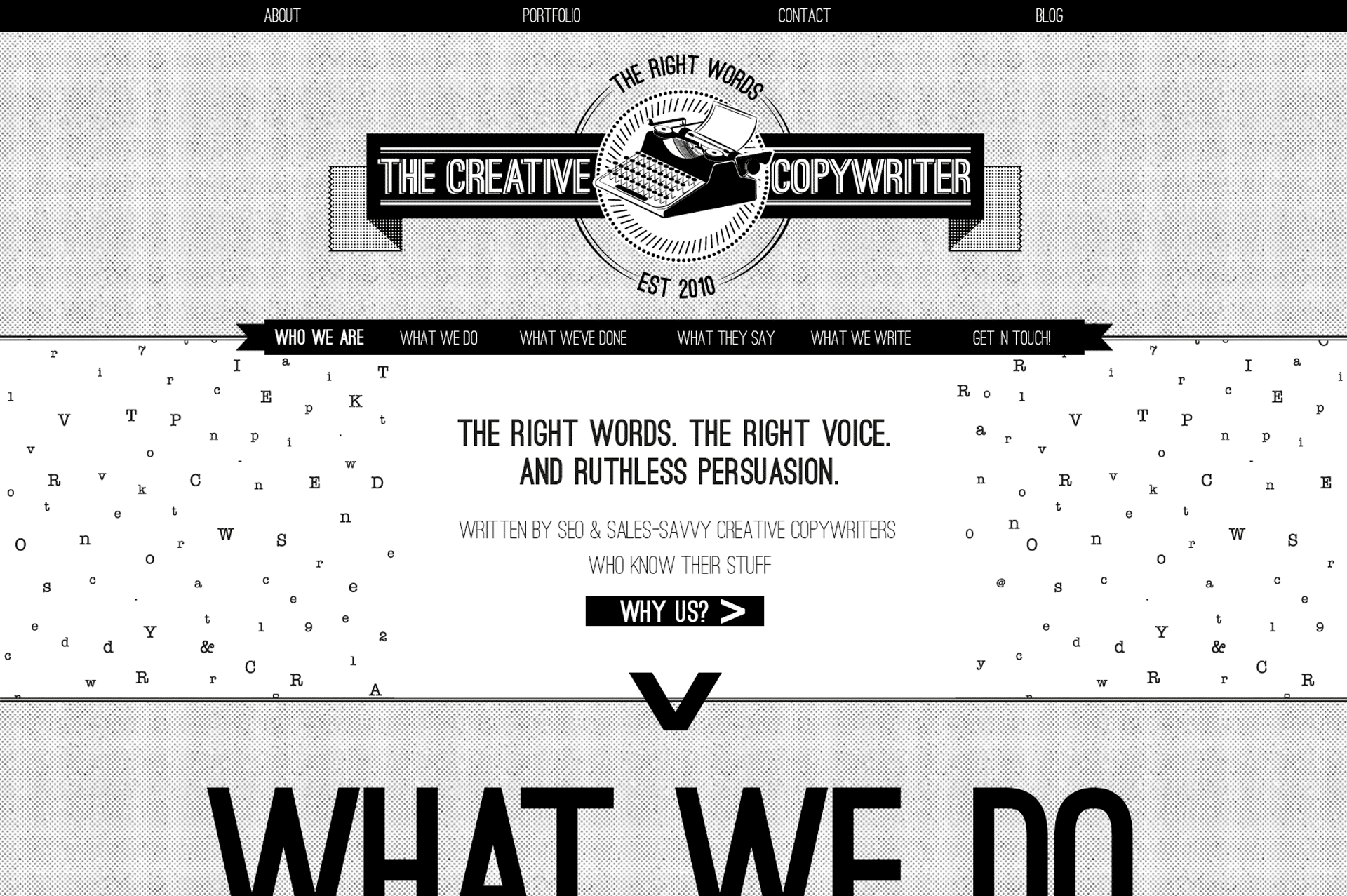
After – young, fresh, talented, unusual, tasteful yet edgy
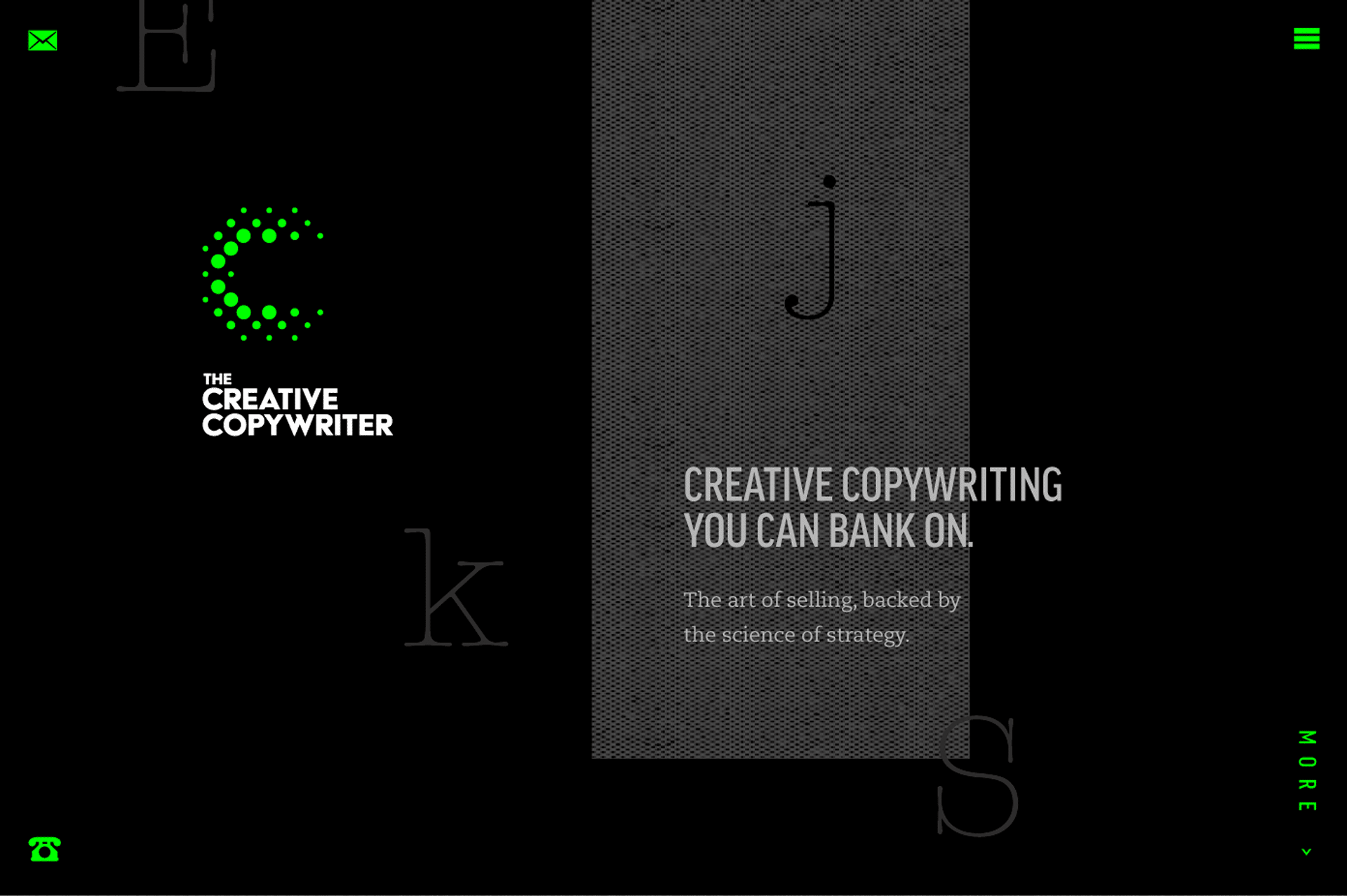
Full case study here.
In conclusion
Branding and design dramatically influence how people perceive your value.
It’s a non-verbal language that can be used to enhance, reposition and elevate your offer. It speaks to your specific audience and draws them closer through cultural and social associations.
Because design isn’t just a glossy veneer or wrapper for a company, like wearing a good suit to a job interview. It’s much more powerful.
So next time someone dismisses design as just a few colours and fonts, you’ll know it’s quietly doing and saying so much more.
—
Do you want to enhance your brand’s perceived value through brand strategy and brilliant design?
Then get in touch with us at Muneebah Creative today.
An interview with James Church on his book for founders seeking investment We...
How hard can it be to design a logo? Simply draw a shape,...
Contrary to popular opinion design of your brand has little to do with...
